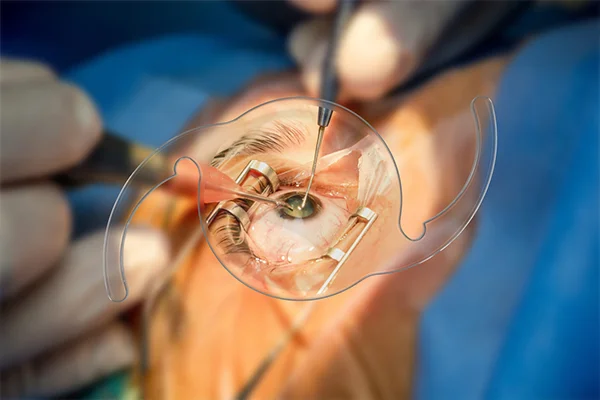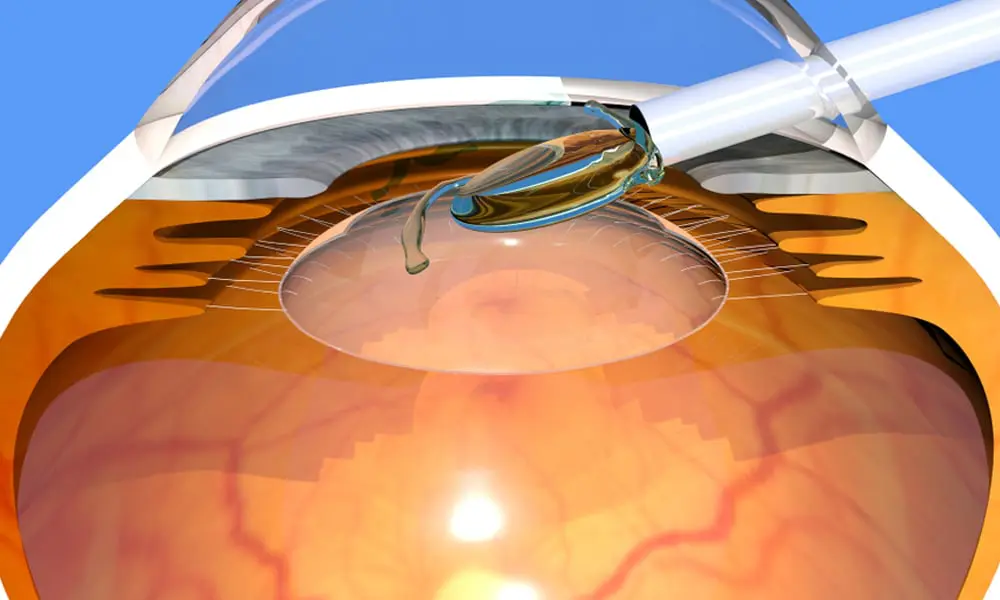Phakic intraocular lenses (IOLs) have emerged as a groundbreaking solution for individuals seeking vision correction without sacrificing the natural lens. This innovative technology at an Eye center in Modesto, CA offers a safe and effective alternative to traditional refractive surgeries like LASIK and PRK.
In this article, we will explore the world of phakic IOLs, delving into their benefits, types, procedures, and what to expect during the recovery process.
What are phakic IOLs?
A phakic intraocular lens (IOL) is a type of implantable lens that is designed to correct vision problems such as nearsightedness, farsightedness, and astigmatism without removing the natural lens of the eye. Unlike traditional IOLs, which replace the natural lens, phakic IOLs are placed inside the eye to work in conjunction with the natural lens, allowing the eye to focus clearly. This innovative technology is ideal for individuals with high prescriptions, thin corneas, or other conditions that make traditional refractive surgeries like LASIK or PRK unsuitable. Phakic IOLs are designed to be reversible and adjustable, providing a safe and effective solution for those seeking to improve their vision without compromising the integrity of their natural eye.
Phakic IOLs are suitable for individuals with:
- High myopia (nearsightedness)
- Hyperopia (farsightedness)
- Astigmatism
- Thin corneas
- Dry eye
What are the types of phakic IOLs?

There are several types of phakic intraocular lenses (IOLs), including:
Anterior Chamber Phakic IOLs:
- Iris-supported (e.g., Artisan, Verisyse)
- Angle-supported (e.g., AcrySof)
Posterior Chamber Phakic IOLs:
- Sulcus-supported (e.g., Crystalens)
- Capsular bag-supported (e.g., Visian ICL)
Iris-Fixated Phakic IOLs:
- Artisan
- Verisyse
Angle-Fixated Phakic IOLs:
- AcrySof
- Cachet
Posterior Chamber Phakic IOLs with a Collamer Material:
- Visian ICL (Implantable Collamer Lens)
Refractive Phakic IOLs:
- Crystalens
- Trulign
Each type has its unique design, material, and implantation location, catering to different patient needs and preferences. The choice of phakic IOL depends on factors such as:
- Prescription
- Corneal thickness
- Iris configuration
- Eye anatomy
- Surgeon preference
Procedure for phakic IOLs
The procedure for phakic IOLs typically involves the following steps:
- Preoperative evaluation: Assessing the eye’s anatomy and refractive error.
- Anesthesia: Local or topical anesthesia to numb the eye.
- Eye stabilization: A suction ring or instrument to keep the eye steady.
- Incision: A small incision (usually 2-3 mm) in the cornea or sclera.
- Viscoelastic injection: A gel-like substance to maintain eye pressure and protect the cornea.
- IOL insertion: The phakic IOL is carefully inserted through the incision.
- Placement: The IOL is positioned in the anterior or posterior chamber.
- Centration: The IOL is centered and aligned with the pupil.
- Fixation: The IOL is secured in place (if necessary).
- Viscoelastic removal: The gel-like substance is removed.
- Incision closure: The incision is closed with stitches or sealed with a laser.
- Postoperative care: Eye drops and follow-up appointments to monitor healing.
Types of phakic IOL procedures:
- Toric phakic IOL for astigmatism
- Multifocal phakic IOL for presbyopia
- Angle-supported phakic IOL
- Iris-fixated phakic IOL
- Posterior chamber phakic IOL
Recovery after phakic IOLs typically involves:
- Immediate vision improvement
- Mild discomfort, dryness, or sensitivity to light (resolved with eye drops)
- An eye shield or protective covering for 1-2 days
- Follow-up appointments with your eye surgeon
- Eye drops for 1-3 months to promote healing and prevent infection
- Gradual improvement in vision clarity over 1-6 months
Most patients can:
- Return to work within 1-3 days
- Resume normal activities within 1-2 weeks
- Enjoy improved vision and reduced dependence on glasses or contacts
Phakic IOLs offer a revolutionary solution for vision correction, providing a safe, effective, and reversible alternative to traditional refractive surgeries. By understanding the benefits, types, procedures, and recovery process, individuals can make informed decisions about their vision correction options. If you’re considering phakic IOLs, consult with a qualified surgeon to determine if this innovative technology is right for you. Take the first step towards a life free from glasses and contacts.




